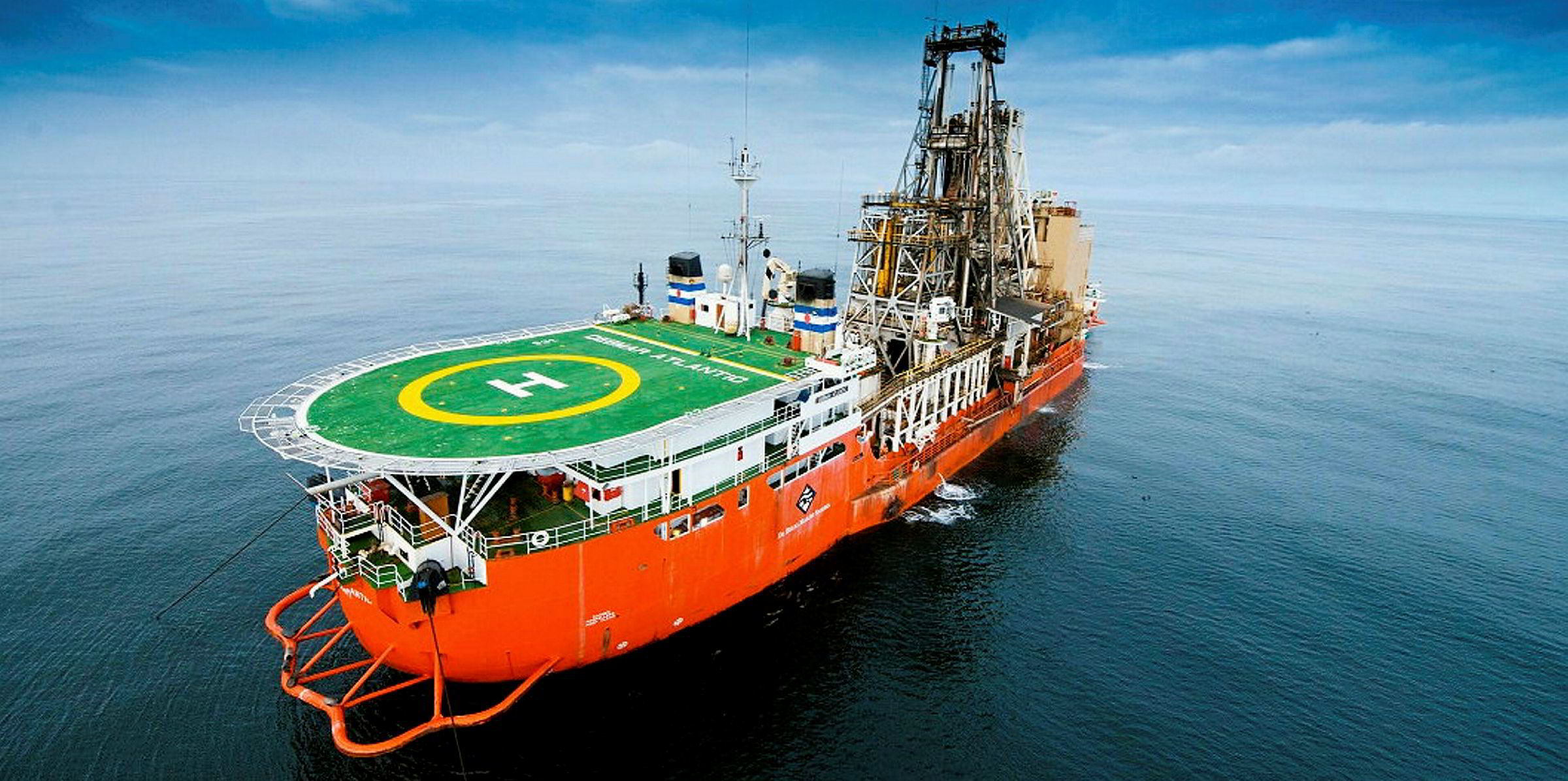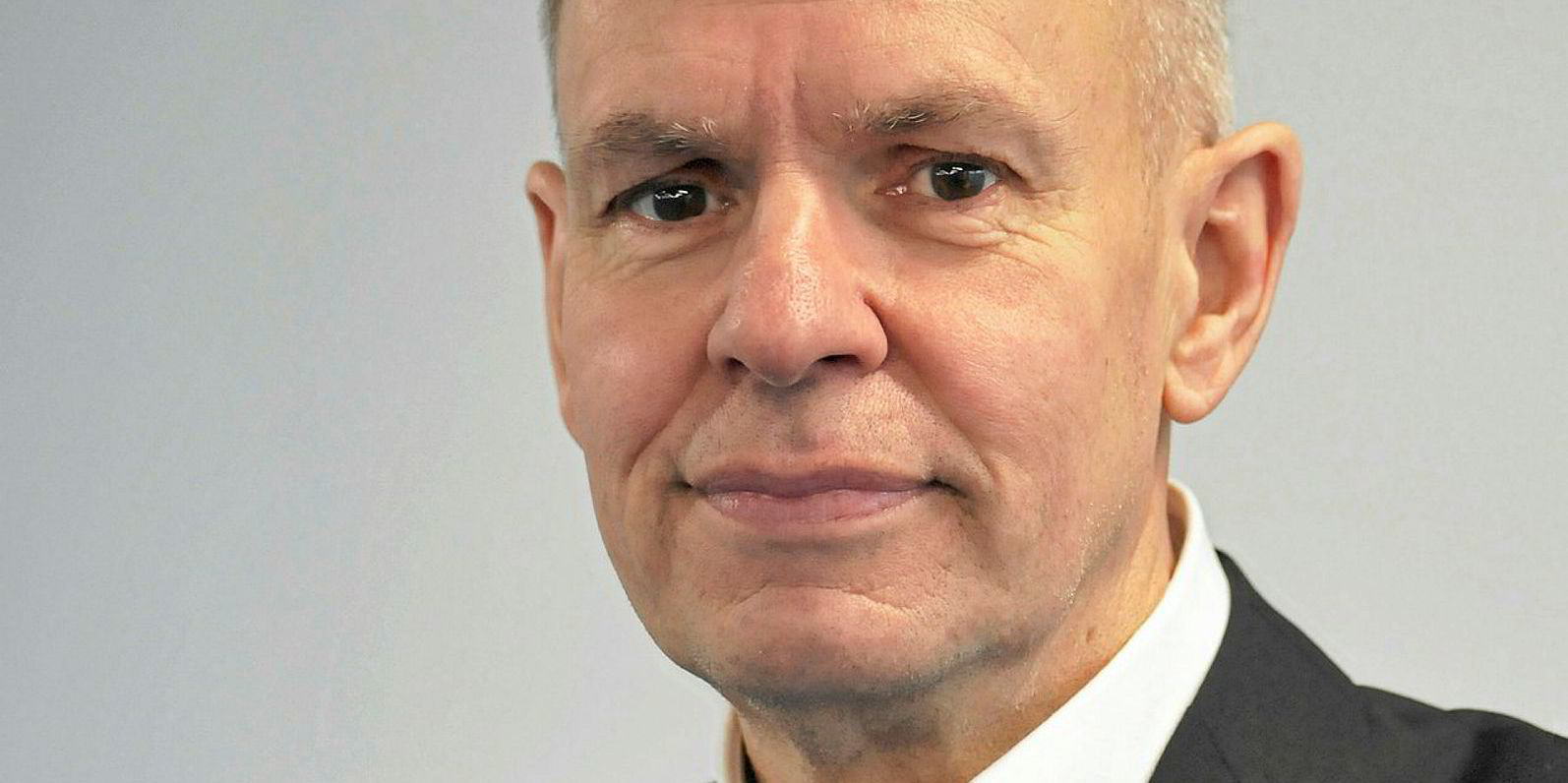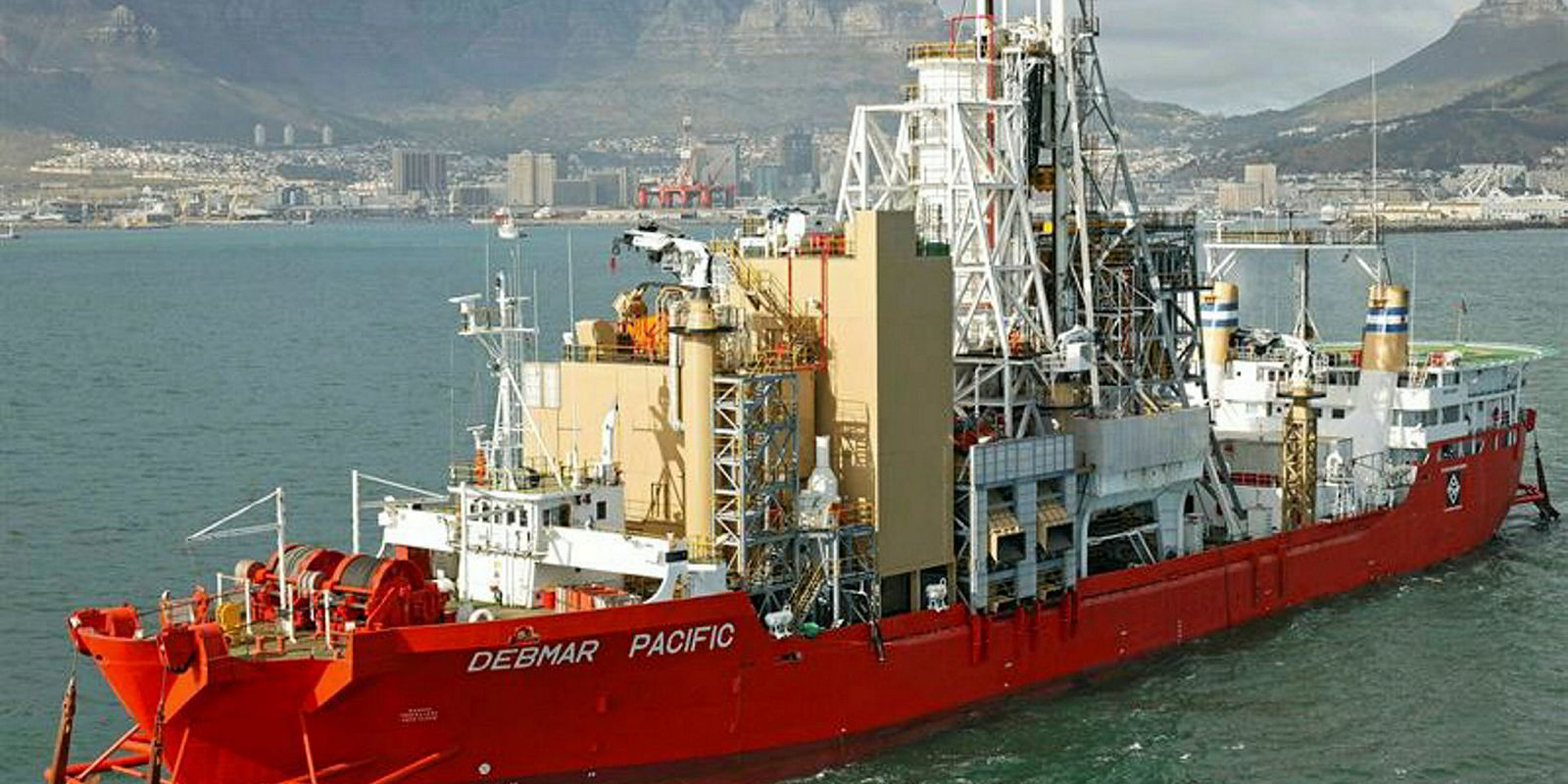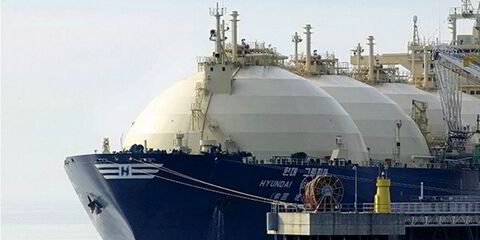De Beers Group has explained how it carefully monitors any environmental impact from its seabed mining operations as it moves ahead with the world's first custom-built diamond extraction ship.
The London-headquartered company, 85% owned by South African miner Anglo American, is paying $468m for the 177-metre vessel, which is under construction at Damen Shipyards Mangalia in Romania for delivery in 2022.
Swiss technology company ABB said this week it has won a contract to supply an integrated power system package for the vessel, but it referred TradeWinds' questions on the vessel's environmental impact to De Beers.
"Responsible, sustainable recovery of diamonds is at the heart of all De Beers Group’s operations," De Beers said.
The group's operations conform to rigorous environmental management systems, which are independently certified and externally audited, the company added.
"Before marine diamond recovery began in Namibia, our environmental teams and independent scientists conducted extensive environmental assessments and modelling to assess our recovery techniques, to put mitigation plans in place and to ensure we could monitor seabed recovery," De Beers said.
Green group Deep Sea Conservation Coalition has said there is "widespread concern" about the impact deep seabed mining will have on ocean ecosystems.
The technique is at an early stage and is viewed as highly speculative and experimental, it has said.
Biodiversity loss
Scientists have warned that biodiversity loss would be inevitable and likely irreversible should it go ahead.
But De Beers said its operating joint venture, Debmarine Namibia, does not undertake deepsea mining, although its operations are sometimes confused with this form of extraction.
Diamond recovery takes place at water depths of 90 to 150 metres and focuses on thinner gravels that are on average 50cm thick, it said.
"We use drill and crawler methods with airlift systems for recovery, which loosen the sediment of the seabed and carry it to the ship for processing," the company added.
De Beers said 99% of the gravel and sediment that is removed during the recovery process is returned once diamonds have been extracted, and settles back to the seabed.
Fishing grounds avoided
"No hazardous chemicals are used in the process and diamond recovery does not take place in commercial fishing grounds," the company added.
De Beers also said it does not mine in areas considered to have a high diversity of marine life.
"Independent scientists conduct annual environmental surveys to gather biodiversity information and assess recovery of the seabed, which occurs naturally and is assisted by the sediment that is returned after diamonds have been recovered," the outfit added.
Debmarine Namibia has secured NAD 5.6bn ($393m) of finance for the new ship.
It says on its website: "The rehabilitation of mined marine environments occurs naturally and recolonisation/recovery takes place once mining operations have ceased in a particular area."
Big bill, big profits?
As for the huge $468m bill, De Beers told TradeWinds: "As is the case with all of our capital expenditure projects, we undertake a comprehensive assessment process prior to proceeding with any investment.
"The new vessel will be an important asset in our fleet of marine diamond recovery vessels, enabling Debmarine Namibia to significantly increase production capacity, while also creating around 160 new jobs in Namibia."
The ship will be the seventh in the Debmarine Namibia fleet. The company is a 50:50 joint venture between De Beers and the Namibian government.
"This is a truly special ship, packed with sophisticated technology, and a project demanding an especially close relationship with the customer to ensure that optimal solutions are delivered for exact specifications," Juha Koskela, ABB's managing director of marine and ports, said.
The crawler diamond recovery unit includes a dynamic positioning system — DP2 — based on a seven-thruster propulsion system powered by six generators of 3,230 eKW each.






